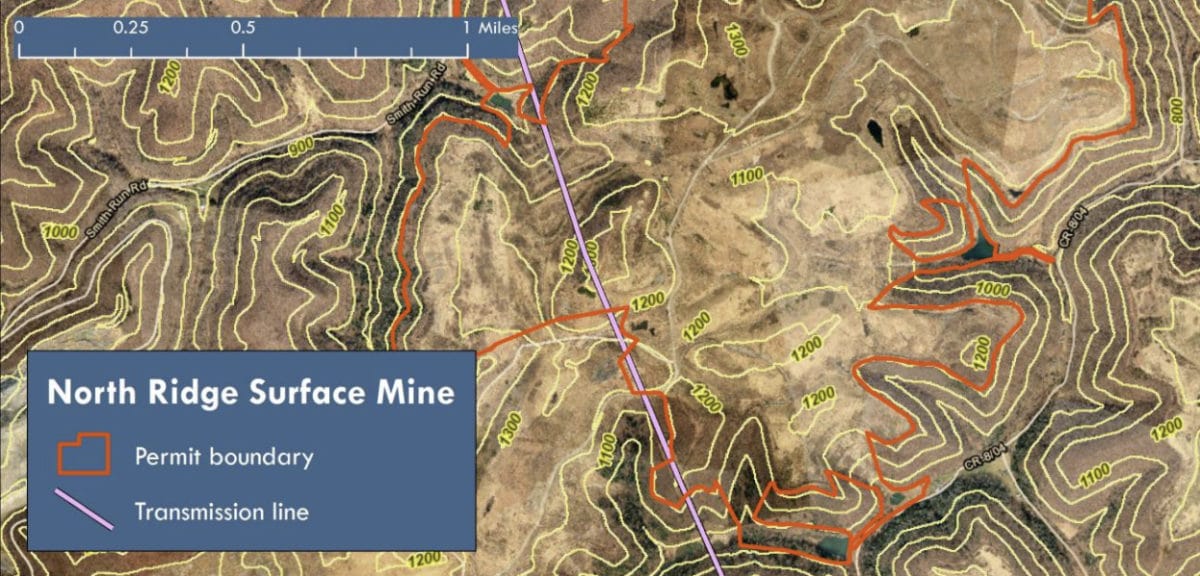Solar could be installed on a coalfield in West Virginia if The Nature Conservancy’s plans are realized.
The conservancy is seeking a decommissioned mine site to purchase or lease, and is working with West Virginia’s Coalfield Development Corporation to secure funding to develop a site with large-scale solar energy, forestry, and infrastructure for tourism.
The conservancy, with $1 billion in annual revenue, has also purchased almost 400 square miles of land in the Appalachian Mountain region of Kentucky, Tennessee and Virginia that includes thousands of acres of former surface coal mines, according to a report by the Reclaiming Appalachia Coalition. The Nature Conservancy “would love to see some solar developed” on those coalfields, said Kelley Galownia, media relations manager for the conservancy’s Virginia chapter. “We are currently at the feasibility phase,” she said, “exploring options with state agencies, utilities, and solar developers.”
To date, there is just one well-known project on a former surface coal mine, a 3.5 MW array in southwestern Virginia.
The technical potential for solar on coalfields and other brownfields in central Appalachia has been estimated by the conservancy and West Virginia consultancy Downstream Strategies at 400,000 acres, which could host 50 GW of solar. That estimate is based partly on a similar analysis by Downstream Strategies that counted potential solar developments larger than 300 kW and within one mile of a transmission line, said a conservancy spokesperson. The cost-effective potential has not been estimated, but as a possible upper limit, building half of the technical potential, or 25 GW of solar, would yield tens of thousands of jobs, says the report from the Reclaiming Appalachia Coalition.
Across central Appalachia, “identifying and mapping mine sites that are viable for solar development could help expedite” solar projects, says a report published by The Nature Conservancy, Downstream Strategies, and the Center for Energy & Sustainable Development at West Virginia University’s law school.
That report flags the issue of environmental liabilities associated with formerly mined lands, noting that “leasing from willing landowners, rather than purchasing land, would provide an opportunity to shield solar developers from previous environmental responsibilities.”
The Nature Conservancy’s website lists “tackle climate change” as its top priority, and says the organization is planting trees, and also promoting carbon pricing, clean energy research and development, technological solutions for carbon removal, and energy storage tax credits.
The Reclaiming Appalachia Coalition consists of Appalachian Voices in Virginia, Appalachian Citizens’ Law Center in Kentucky, Coalfield Development Corporation in West Virginia, and Rural Action in Ohio, plus Downstream Strategies.
This content is protected by copyright and may not be reused. If you want to cooperate with us and would like to reuse some of our content, please contact: editors@pv-magazine.com.








By submitting this form you agree to pv magazine using your data for the purposes of publishing your comment.
Your personal data will only be disclosed or otherwise transmitted to third parties for the purposes of spam filtering or if this is necessary for technical maintenance of the website. Any other transfer to third parties will not take place unless this is justified on the basis of applicable data protection regulations or if pv magazine is legally obliged to do so.
You may revoke this consent at any time with effect for the future, in which case your personal data will be deleted immediately. Otherwise, your data will be deleted if pv magazine has processed your request or the purpose of data storage is fulfilled.
Further information on data privacy can be found in our Data Protection Policy.